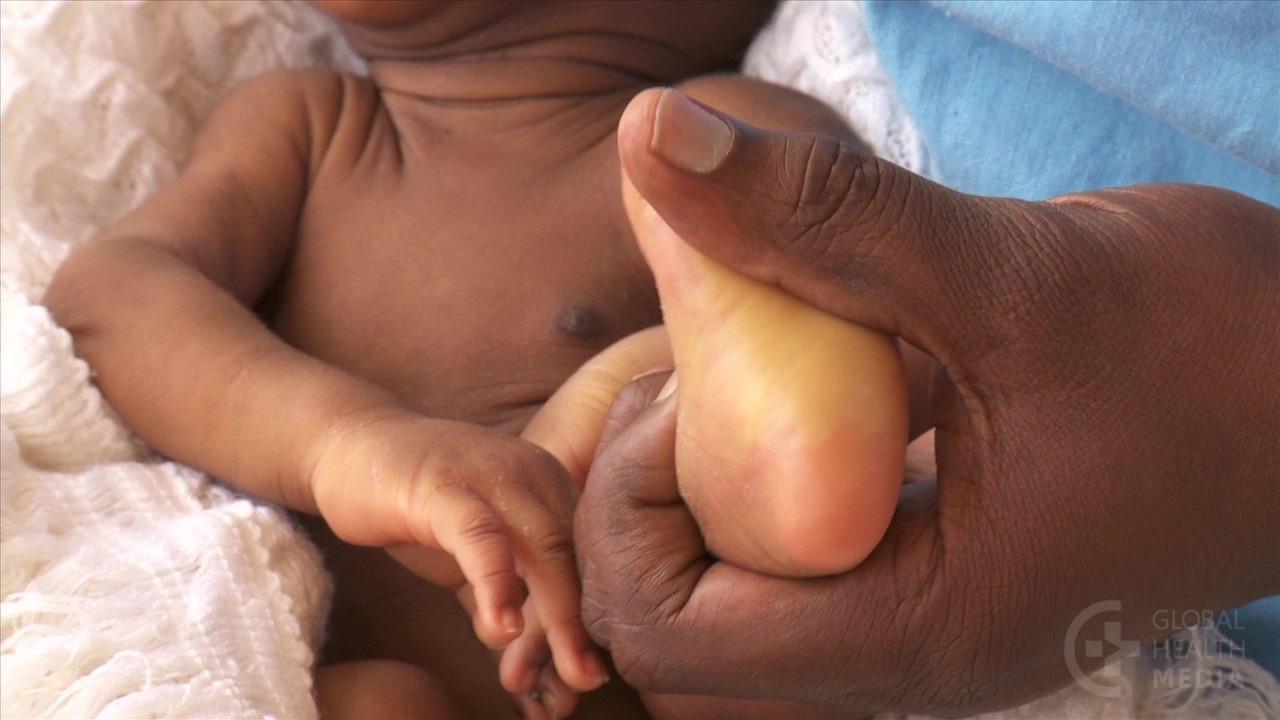
DiYES International School – Jaundice is a common condition in newborns that causes the skin and eyes to appear yellow. This yellow tint occurs because of a buildup of bilirubin, a yellow pigment produced when the body breaks down old red blood cells. Most babies experience mild jaundice within the first week after birth. It usually appears on the face and then spreads to the chest and limbs. Jaundice often causes parents to worry but in many cases, it is harmless and resolves on its own. However, it is important for parents to recognize the signs and understand when to seek medical attention. Early detection and care ensure that jaundice does not lead to serious health complications for the baby.
Jaundice in newborns can result from several causes. The most common type is physiological jaundice, which occurs because a baby’s liver is not mature enough to process bilirubin efficiently. Breastfeeding jaundice can happen when babies do not get enough milk during the first few days of life. Another type is breast milk jaundice which develops later and may last longer but is generally not dangerous. In some cases, jaundice may signal underlying problems such as blood type incompatibility or infections. Understanding the cause helps parents and doctors manage jaundice effectively. When jaundice is severe or prolonged, medical tests are often required to identify the specific cause and decide the best treatment.
“Read about: Shocking Cases of Child Possession: Mental Health Crisis or Paranormal Activity?”
Recognizing the symptoms of jaundice early is key to protecting your baby’s health. The yellowing of the skin usually starts on the face and eyes, and if it spreads to the chest and legs, it may indicate worsening jaundice. Other signs include poor feeding, lethargy, and dark urine. Parents should also monitor the baby’s behavior and overall activity level. If the baby becomes unusually sleepy or difficult to wake, immediate medical help is necessary. Doctors typically use a special light or device to measure bilirubin levels through the skin or blood tests. Prompt diagnosis allows for timely treatment and prevents complications such as brain damage, which can occur if jaundice becomes very severe.
Treatment for jaundice depends on its severity and cause. Mild jaundice usually clears up without intervention as the baby’s liver matures. Phototherapy is a common treatment where the baby is placed under special blue lights. These lights help break down bilirubin in the skin so it can be eliminated from the body. In some cases, babies may require blood transfusions to replace damaged blood cells. Feeding the baby more frequently can also help reduce bilirubin levels by increasing bowel movements. Parents should follow the doctor’s instructions closely and attend all follow-up visits. Proper care and treatment lead to full recovery in most cases, allowing babies to grow healthy and strong.
“Read more: Stop Guessing! Use This Tape Measure Trick for Perfect Garage Door Fit Every Time”
Although jaundice cannot always be prevented, parents can take steps to reduce the risk and detect it early. Ensuring the baby feeds well and often helps the body process bilirubin more effectively. Parents should watch for yellowing of the skin and eyes, especially in the first week of life. If jaundice worsens or the baby shows signs of illness, it is critical to seek medical advice quickly. Regular newborn checkups are important for monitoring jaundice and overall health. Education about jaundice helps parents remain calm and confident in caring for their baby. With the right knowledge and support, jaundice can be managed successfully without long-term effects.